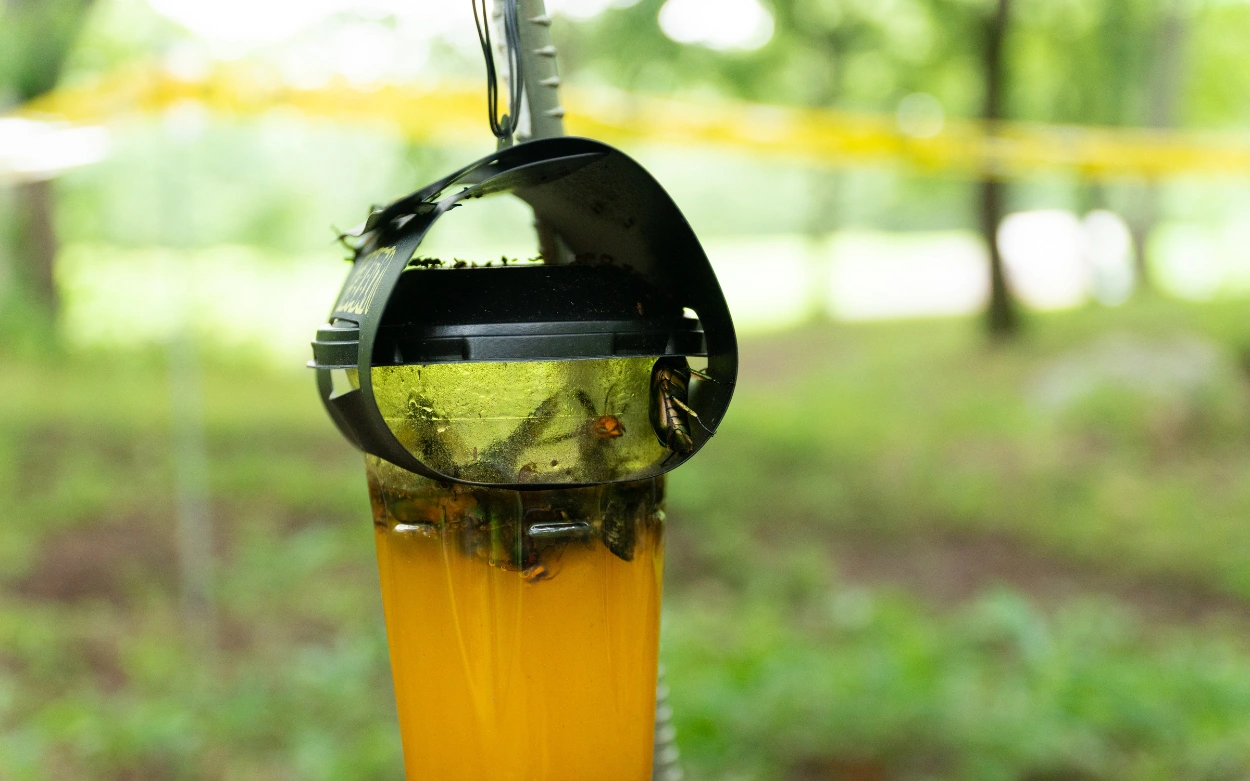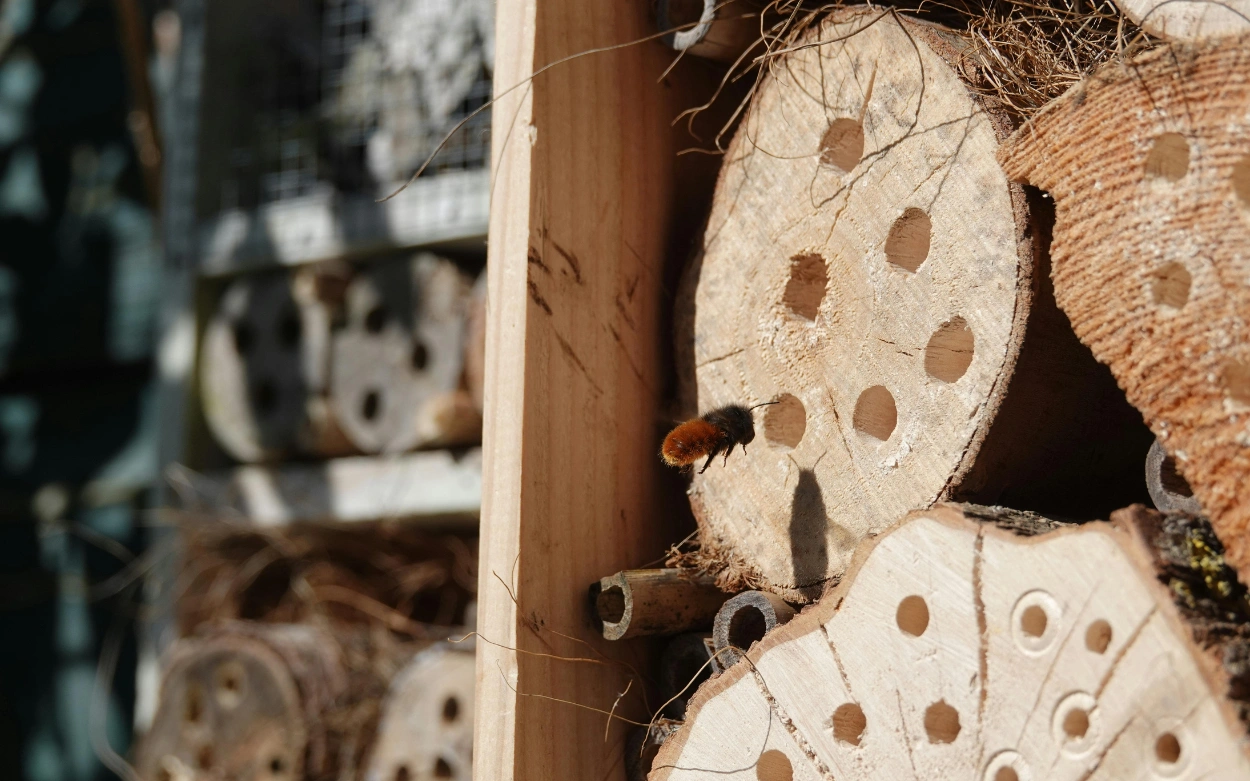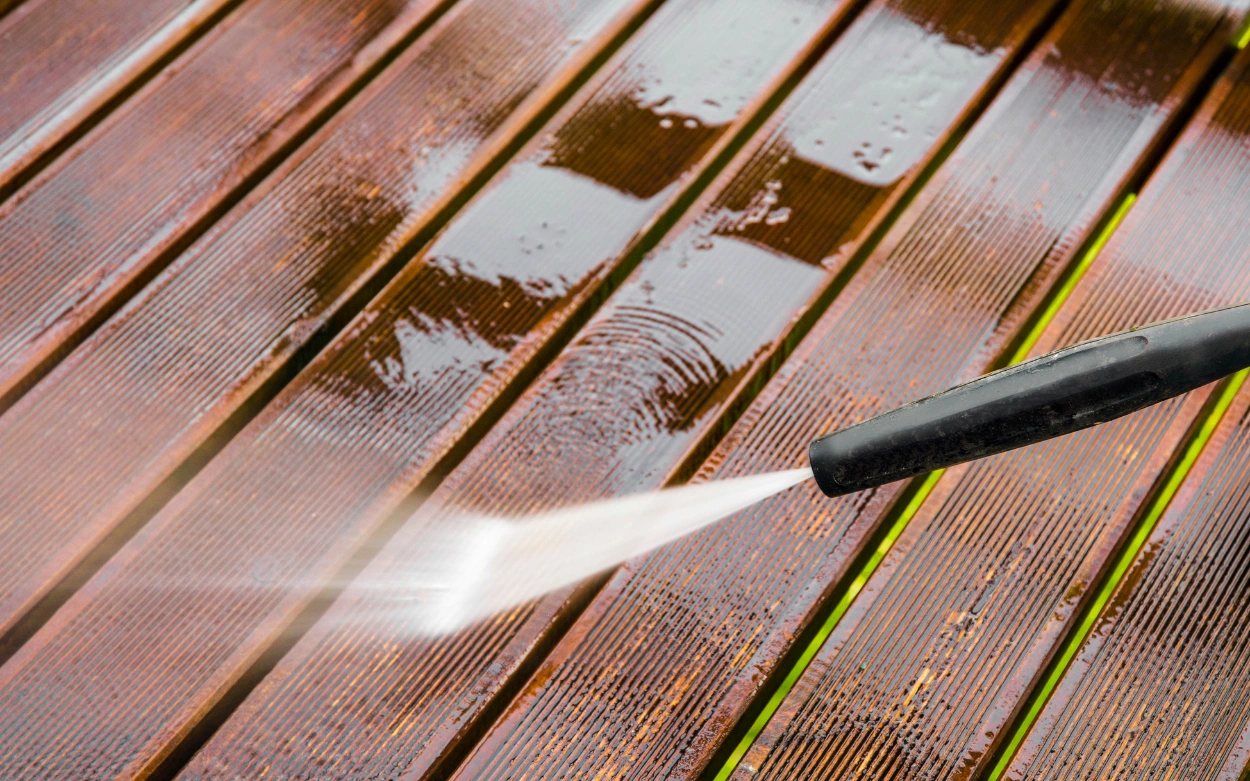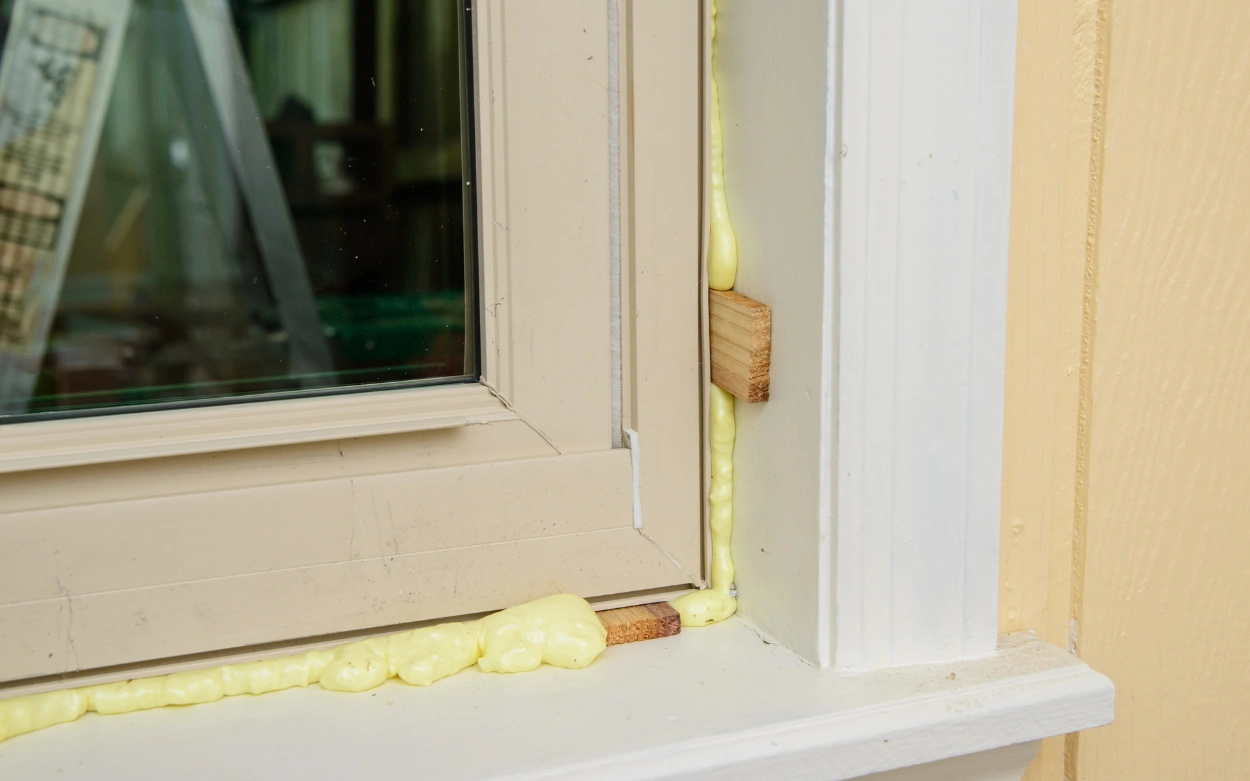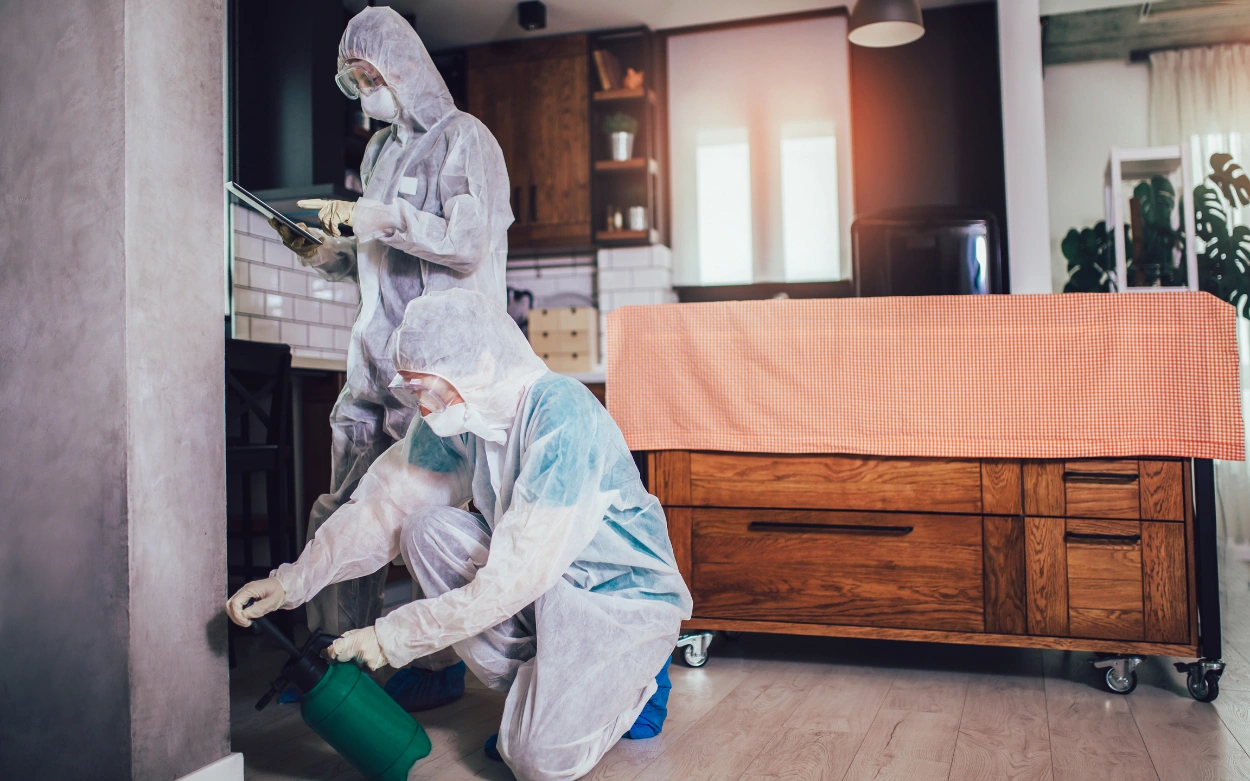How to Identify Carpenter Bee Infestations?

Perfectly Round Holes in Wood Surfaces
Carpenter bees drill near-perfect circular holes into soft woods like cedar or pine. These are often seen on decks, railings, or fascia boards.

Piles of Sawdust Below Wooden Structures
Fine sawdust or “frass” collecting below wooden areas is a common sign that carpenter bees are tunneling nearby.

Buzzing or Scratching Sounds in Wood
You may hear a faint buzzing or scratching sound inside walls or wooden beams, indicating bee activity within.
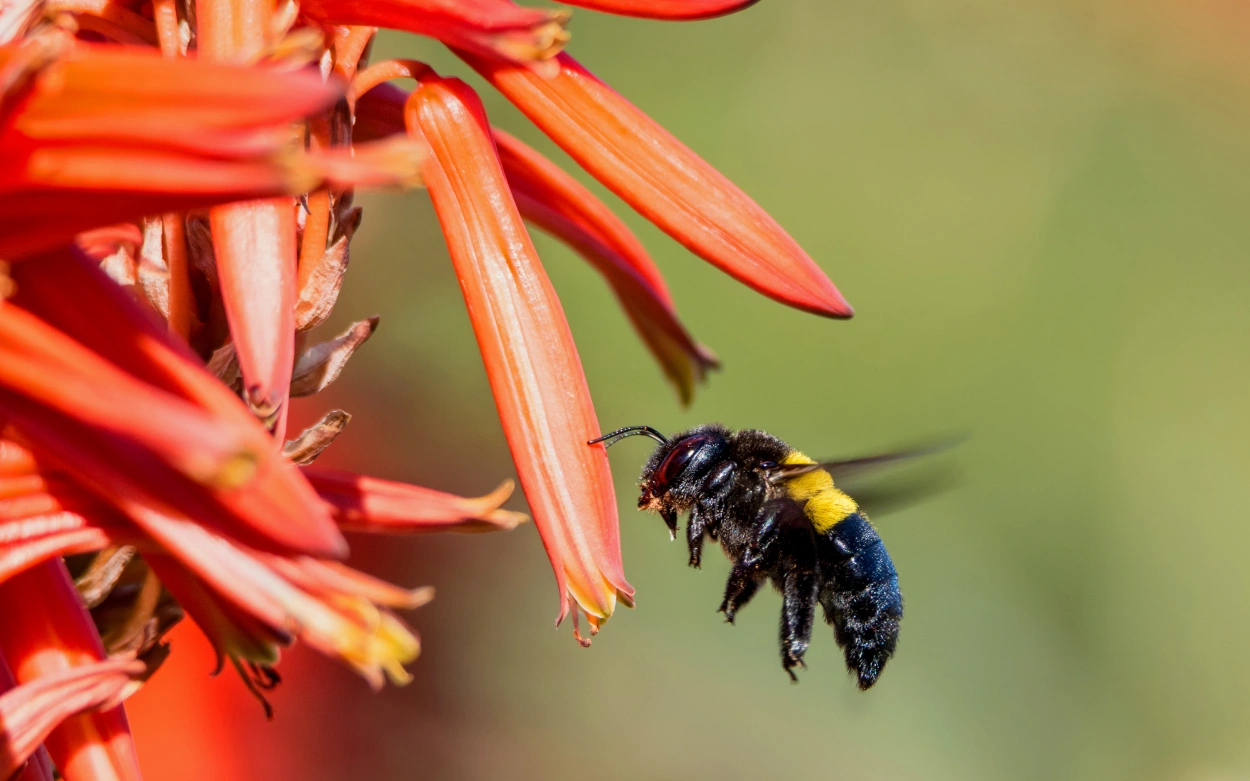
Bees Hovering Near Eaves or Decks
Male carpenter bees often hover near nesting sites, guarding them. This visible behavior is a sign of an active nest nearby.
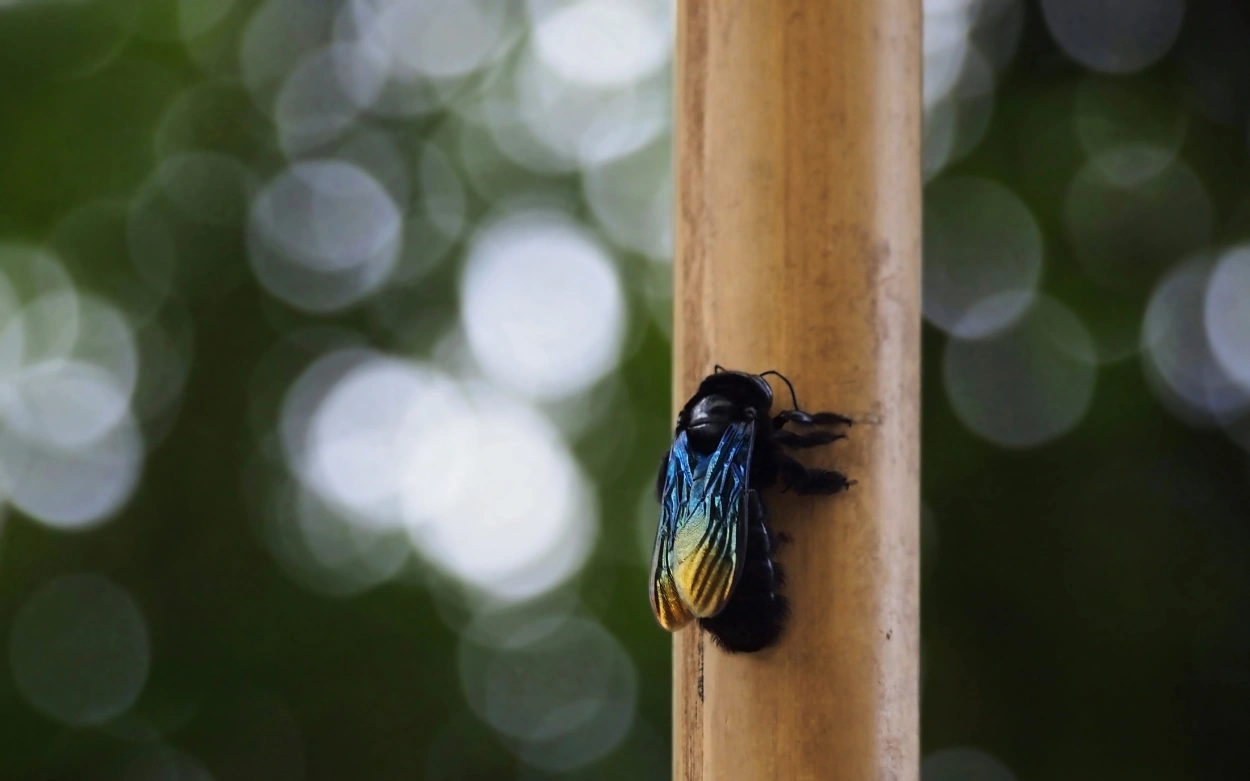
Yellowish Stains or Droppings on Walls
Look for yellow stains beneath entry holes. These are excretions from the bees and an indication of repeated activity.
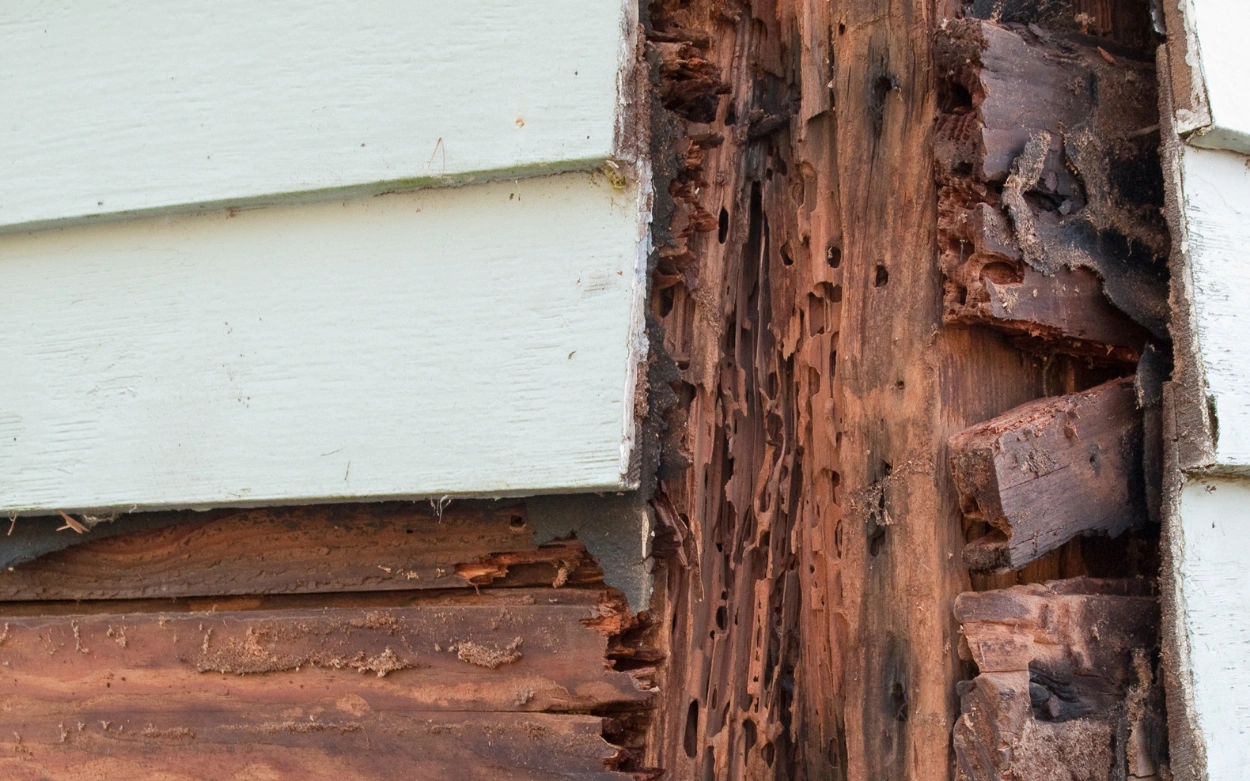
Progressive Wood Damage Over Time
Untreated carpenter bee infestations can lead to structural weakening as tunnels multiply. Learn to spot long-term signs early.



